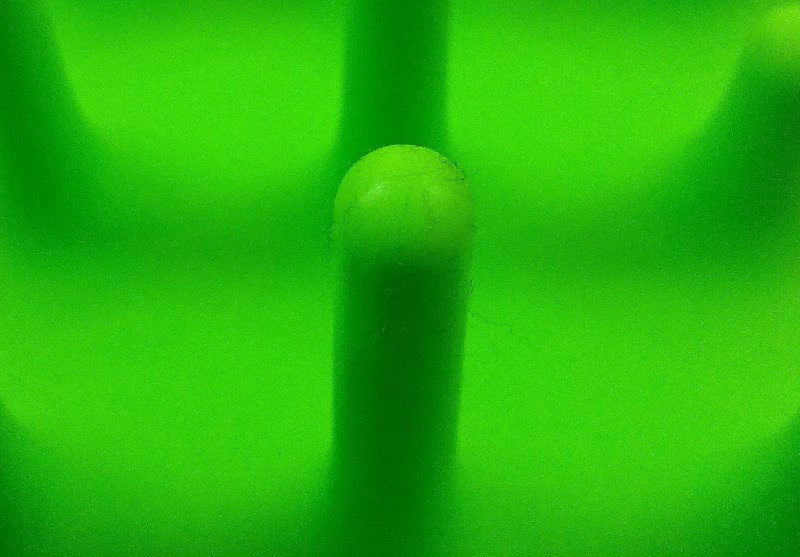Gelid Zentree USB Charging Station Review
Ashley Allen / 8 years ago
Performance
The key feature of the Gelid Zentree – and the one I was most excited about trying – is its Smart IC chip that intelligently detects and sends the desired charge to each connected device.
Since I’ve owned all the devices I tested for a while – with the exception of the power bank – and have put their respective batteries through constant discharge and recharge, the factory-standard charging times were no longer relevant, so I began by timing how long it took to charge each one – my Samsung Galaxy Note 4, Samsung Galaxy Note 10.1, and PS Vita – using their proprietary chargers for my benchmark comparison. I couldn’t find an official charging time for the Poweradd Pilot X7, and the two times I’ve used it, I charged it by plugging it into my laptop, so I used that as my baseline.
Sadly, I discovered that the Samsung Galaxy Note 10.1 would not charge when plugged into the Zentree, even using the proprietary Samsung cable. While I don’t consider that a fault with the Zentree necessarily – it’s a known issue that the Galaxy 10.1 only charges when using certain proprietary charger adapters – it was disappointing all the same.
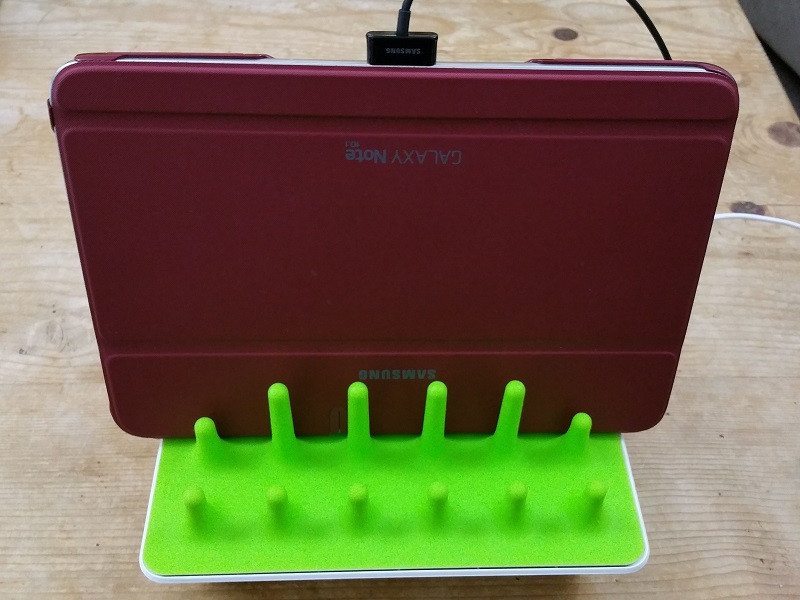
The charging times I measured using proprietary cables/chargers were:
- Samsung Galaxy Note 4: 90 minutes
- PS Vita: 190 minutes
- Poweradd Pilot X7: 620 minutes
Since the Zentree is designed to be a multi-charger, sending power to up to four devices at once, I thought that the only proper way to put the device through its paces was to charge all three of my devices at once. In order to fully test its limits, I wanted to connect a fourth device – alongside the Note 4, PS Vita, and Poweradd – so I hooked up my TaoTronics Bluetooth speaker (which was too bulky to fit within the Zentree’s 3D Tree Array). Since the speaker has no battery gauge or charging indicator, I was unable to include its charging time in my tests, but at its inclusion was just to help show me if the Zentree could handle the load of charging four devices at once.
The Samsung Galaxy Note 4, PS Vita, and Poweradd Pilot X7 all fit snuggly in-between the bright green spokes of the Zentree while they charged, and thanks to its design, which houses the connections beneath the array, there was minimal cable clutter. I left my devices to charge while I got on with my other work, checking them every few minutes to see if they were fully charged.
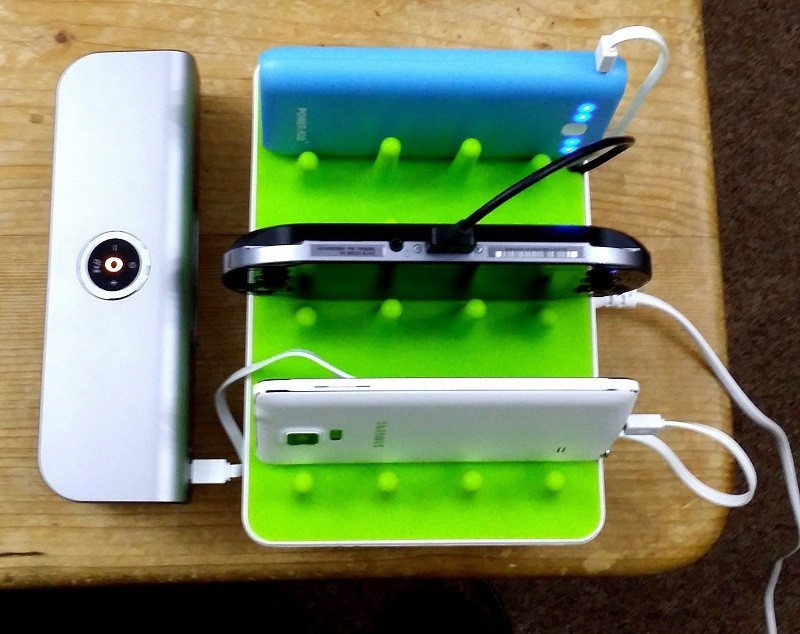
The results were as follows:
- Samsung Galaxy Note 4: 110 minutes
- PS Vita: 215 minutes
- Poweradd Pilot X7: 420 minutes
While the charging times for the Note 4 and Vita were not as fast as using proprietary mains connections, they were still very reasonable, and the Note 4 charging time specifically compares favourably to the couple of third-party mains chargers I have tried with the phone, which take almost twice as long as the Zentree. The Poweradd, however, charged significantly faster than by any other means I’ve tried in the past.
The Zentree dealt well with the stress test, so I later decided to use it to charge each device separately, testing not only how each device draws power individually, but also to test the efficiency of the hub’s Smart IC Chip.
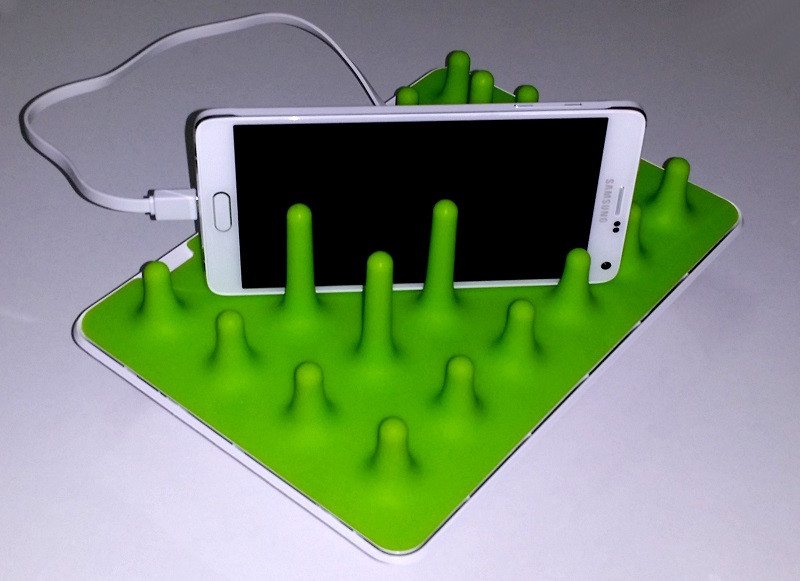
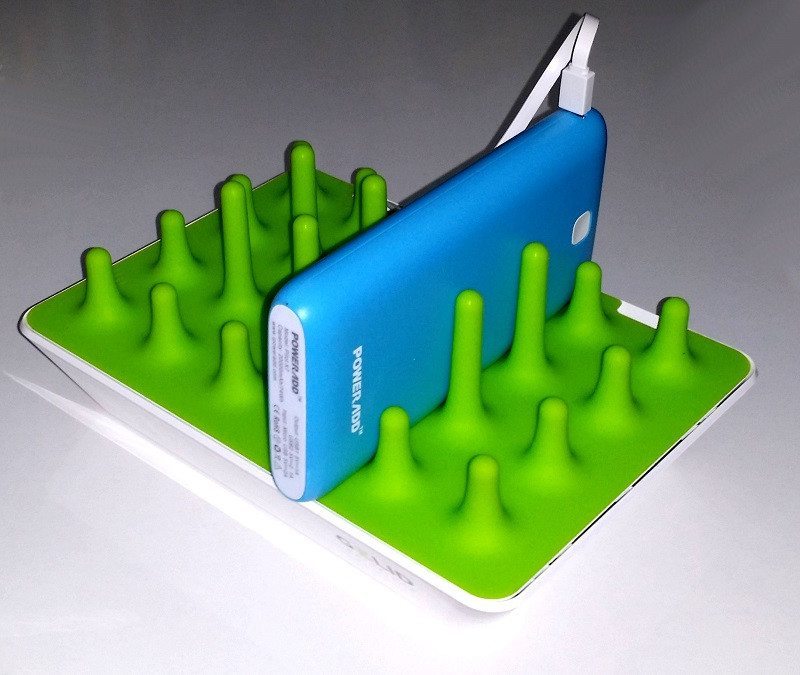
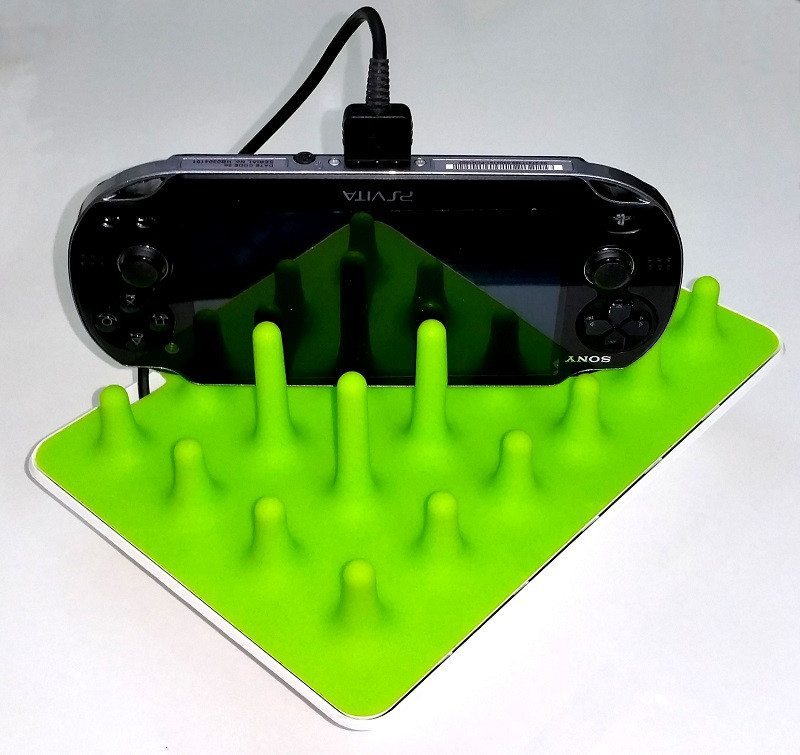
I was pleasantly surprised to find that each device – the Note 4, the Vita, and the Poweradd battery – all charged individually in same time they took as when plugged in together, which suggests that the 48W throughput is being intelligently distributed, regardless of which device is connected, or how many are charging at one time.
I was not aware, however, of the Zentree cutting power to a device once charged. In fact, the Poweradd’s charging lights remained on, despite being fully charged.
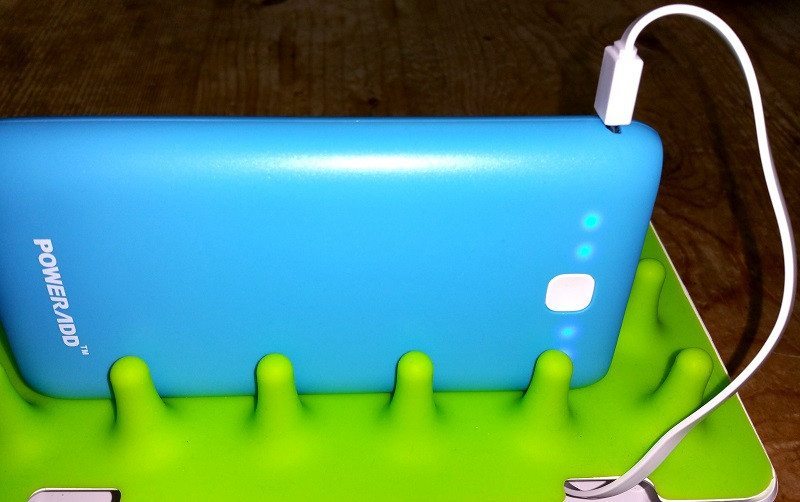
Another problem I encountered, after two weeks of use, was that the green silicone rubber that covers the 3D Tree Array – designed to stop any devices held within its spikes from slipping – had collected some fluff and hair. That is not a problem in itself, of course – my keyboard requires a weekly clean – but when I attempted to wipe the debris from between the Zentree’s green tines using a duster, and then a lint-free, microfibre cloth, I couldn’t displace it. I dampened the cloth and tried again, but most of the fluff and hair remained on the silicone’s tactile surface. After some trial and error, I discovered that the best method of cleaning the array was by using a baby wipe. Why a damp cloth wasn’t sufficient, I’m not sure, but the texture of the silicone adhering to detritus so firmly was a tad disappointing.
Despite a couple of nagging issues, I was happy to add the Zentree to my desk set-up – though, due to the 1-metre power cable, it was perched on the edge of said desk – and found the centralised nature of having a the USB charging station very beneficial.
